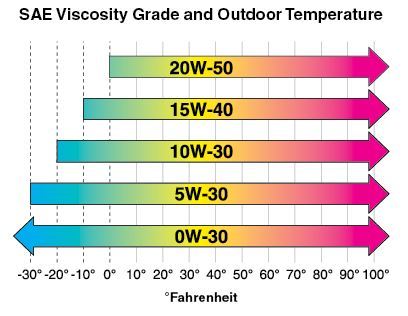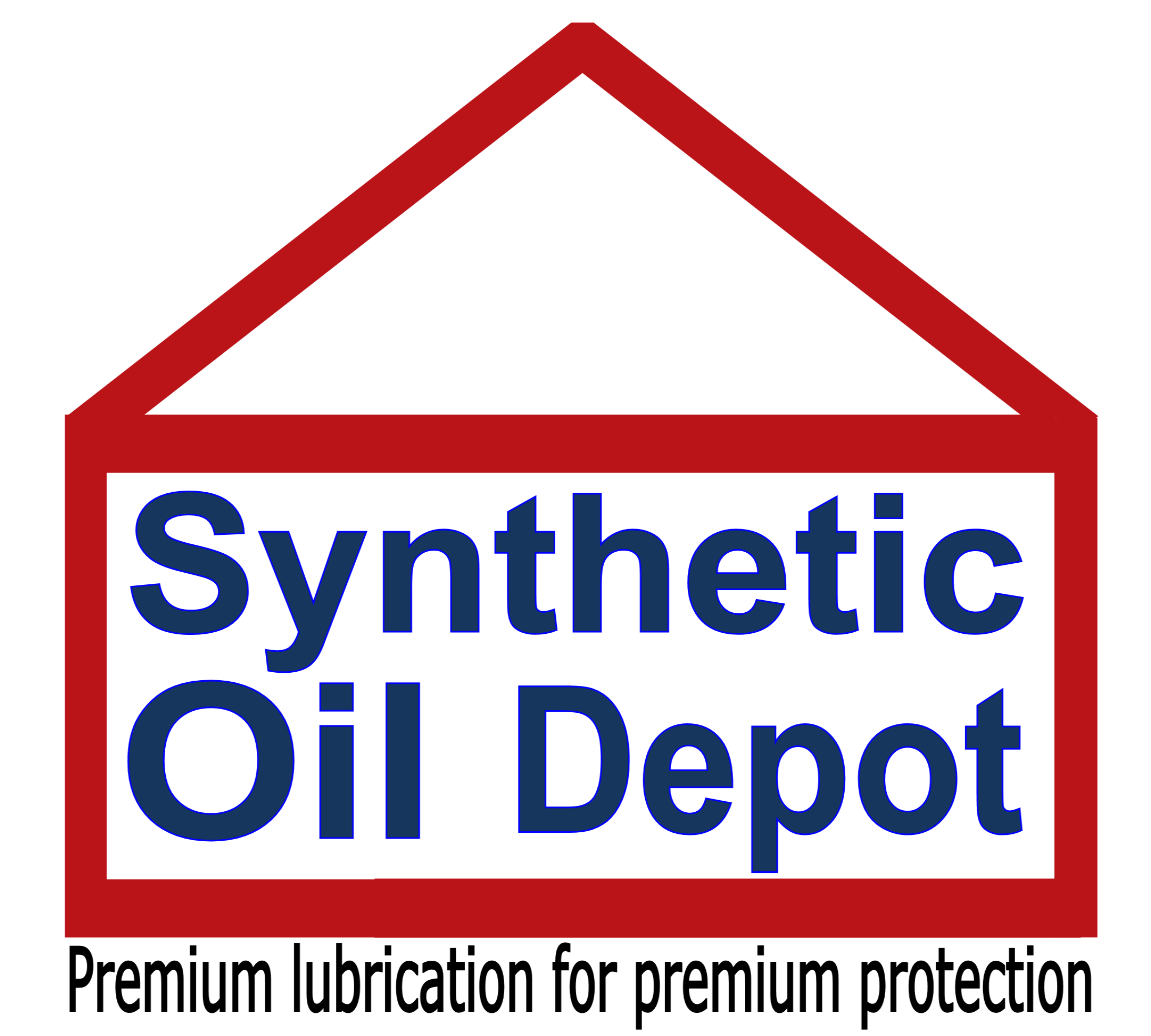In part 2 we discussed what “jobs” or functions a motor must do in todays engines. Today we will discuss Viscosity.
What is viscosity?
Viscosity refers to the oil’s resistance to flow and is the most important property of an oil. The viscosity of oil varies with changes in temperature – thinner when hot, thicker when cold. Although oil must flow at cold temperatures to lubricate the engine at startup, it must also remain thick enough to protect the engine at high operating temperatures. When an oil is used at a variety of temperatures, as with most engines, the change in viscosity should be as minimal as possible.
Wouldn’t it be handy to have a number that indicated the oil’s viscosity change? We do, and it’s called the Viscosity Index (VI). It is measured by comparing the viscosity of the oil at 40°C (104°F) with its viscosity at 100°C (212°F). The higher the VI, the less the viscosity changes with temperatures changes and the better the oil protects the engine. Synthetics typically have a higher VI than conventional oils.
SAE viscosity grades
The Society of Automotive Engineers (SAE) has developed several viscosity classifications or grades, such as 5W-30, 10W-40 and 15W-50. These viscosity grades designate the specific ranges in which the particular oil falls. The “W” indicates it is suitable for use in cold temperatures. (Think of the “W” as meaning “Winter.”) The classifications increase numerically; the lower the number, the lower the temperature at which the oil can be used for safe and effective engine protection. Higher numbers reflect better protection for high-heat and high-load situations.

The overwhelming majority of oils today are multi-viscosity, meaning they behave differently at different operating temperatures to provide the best of both worlds – good cold-flow when the temperature drops and reliable protection once the engine reaches operating temperature. For example, a 5W-30 motor oil performs like an SAE 5W at 40ºC and an SAE 30 motor oil at 100ºC.
With all these choices of oil, its best that you consult your owners manual for the proper oil viscosity. Some manufactures recommend a summer viscosity and then a different winter viscosity based on the temperatures in your area.
The Synthetic Oil Depot in Spokane, Washington has the full selection of AMSOIL Synthetic Motor Oils available for purchase.


Pingback: A Beginner’s Guide to Motor Oil: What You Need to Know Part 2 - synthetic oil depot
Pingback: Beginner’s Guide to Motor Oil: What You Need to Know. Part 4